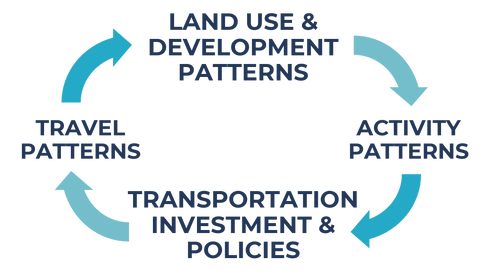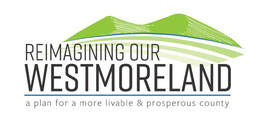|
With college students returning to campuses across the country this month, many are moving into a new dorm or have made the switch to an apartment or shared house off-campus. Many will find their choice matched their needs perfectly. Let’s consider two students at the same college who made two different choices. We’ll call them Samantha and Davis.
Samantha wants to be close to campus owing to her job at the computer lab. She also wants to be close to coffee shops, a laundromat, friends and of course, the neighborhood business district. Choices to get around, either by foot, bike, car, bus or ride-share are plentiful in this close-in neighborhood. With more choices of transportation, more choices for housing, jobs, friends and activity become possible. In this neighborhood, access to choices is much greater. It’s more difficult for her to travel very far outside of town, unless she rents a car or gets a ride from a friend. Samantha chose the ability to access lots of places close-by. Samantha's Place may look like this. Photo by Westmoreland County Planning Many others will find they made a choice of mobility over access. Davis needs to make the two hour drive home on weekends to help care for his aging grandmother, so he’s able to find an apartment outside of town, by the shopping center. Since he’s removed from campus by a few miles, the bus doesn’t come when he needs to make it to class. Biking could be an option, but it isn’t very safe, especially when drivers can’t see him at night. Rideshare is available, but he can never be sure he won’t be stranded after 11 PM. He quickly finds that he needs to drive everywhere and take care of parking wherever he goes, except near the shopping center and his apartment. Davis’s need to travel farther on the weekends influenced his housing decision and traded access for mobility. Davis's Place might look like this. Photo by washcycle.com In these two examples, we see how a community’s development pattern influences our future choices of transportation and vice versa. And in many ways the choices we make now, limit options down the road. This is the essential relationship between land use and transportation. The question then, for the Alle-Kiski communities, is how do we balance access and mobility? The choices we make now, about growth and redevelopment, zoning, subdivision, land development, transportation investments and public sewer infrastructure tip that balance one way or the other. Now, we have an opportunity to describe a shared vision for areas of Preservation, Enhancement and Transformation. Creating that vision informs our decision making about the growth and redevelopment options before us. Creating that vision ensures we Preserve, Enhance and Transform the places that matter in our lives and continue to balance access and mobility in ways that are useful for our communities.
Comments are closed.
|






